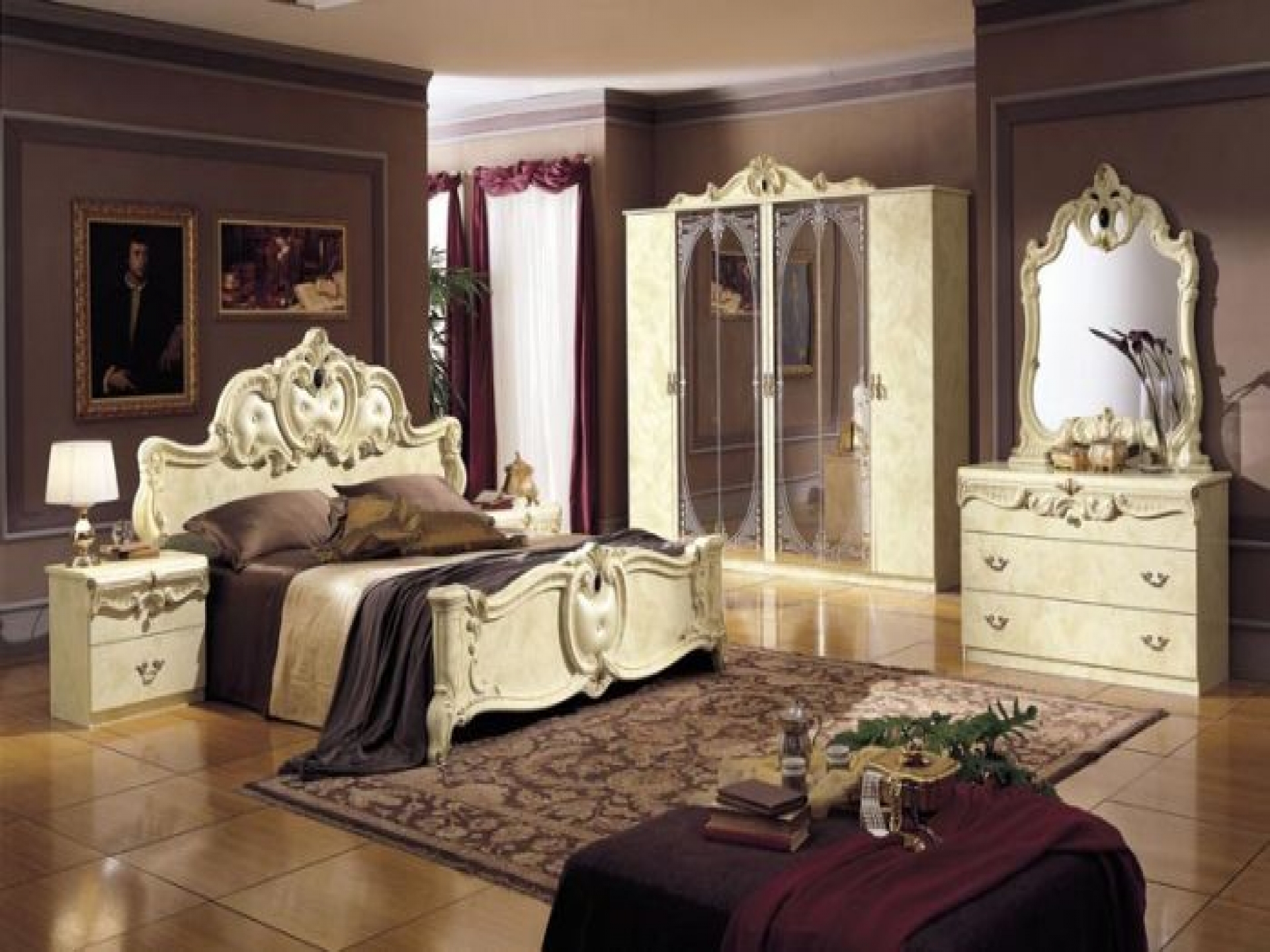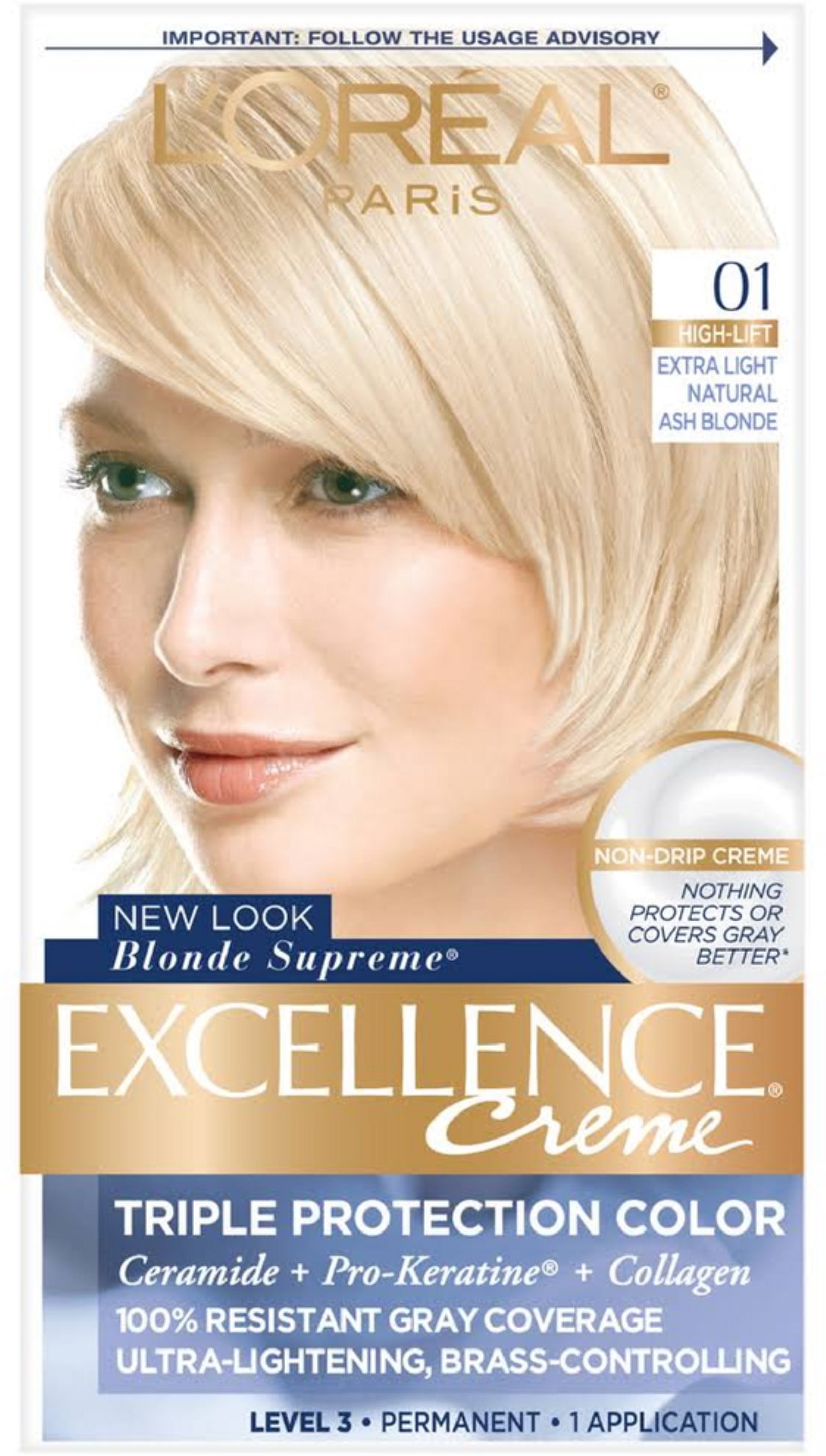Table Of Content
Immense competition for the contracts offered by churches and the Vatican between Gian Luca Bernini, Francesco Borromini, Baldassare Longhena and others drew the rest of Europe’s attention, soon spreading the style across the continent. Elements of Renaissance architecture were made grander and more theatrical, emphasized by optical illusions and the advanced use of trompe-l’œil painting. With the beginning of the 18th century, the European architectural focus shifted to France. There Jules Hardouin-Mansart broke away from the Baroque style and reverted to classicism, while Charles Le Brun brought the style and its traditions to new heights with his designing of the Galerie des Glaces in the Palace of Versailles.
Bag Brand ZAAM's New Collection is a Beachy Baroque Dream - CairoScene
Bag Brand ZAAM's New Collection is a Beachy Baroque Dream.
Posted: Wed, 10 Apr 2024 07:50:15 GMT [source]
What is the importance of Baroque architecture?
This biased view of 17th-century art styles was held with few modifications by critics from Johann Winckelmann to John Ruskin and Jacob Burckhardt, and until the late 19th century the term always carried the implication of odd, grotesque, exaggerated, and overdecorated. It was only with Heinrich Wölfflin’s pioneer study Renaissance und Barock (1888) that the term Baroque was used as a stylistic designation rather than as a term of thinly veiled abuse, and a systematic formulation of the characteristics of Baroque style was achieved. Unlike the other art mediums of the Baroque period, the Baroque furniture style was limited to the 17th century. Thereafter, furniture was dominated by the lavish tastes of King Louis XV of France who, with his craftsmen, developed the Regence and Rococo styles. The king’s taste soon became the rest of Europe’s taste, even in England where furniture makers tried to resist the asymmetrical designs of Rococo.
Art Movement: Baroque – The Style of an Era
There was also Johannes Velten who combined the traditions of the English comedians and the commedia dell'arte with the classic theatre of Corneille and Molière. The debut of Russian Baroque, or Petrine Baroque, followed a long visit of Peter the Great to western Europe in 1697–1698, where he visited the Chateaux of Fontainebleau and Versailles as well as other architectural monuments. He decided, on his return to Russia, to construct similar monuments in St. Petersburg, which became the new capital of Russia in 1712. Early major monuments in the Petrine Baroque include the Peter and Paul Cathedral and Menshikov Palace. Baroque architecture in Portugal enjoys a special situation and different timeline from the rest of Europe. For a more traditional take, choose Rococo-style furniture such as curvy velvet upholstered armchairs, slipper chairs, and skirted sofas.
Key Artists
The strongly foreshortened wall on the right has three rows of artwork, which help to establish the space. Behind the dwarves, two women, a nun, and a lady's guard are in conversation while the queen's quartermaster is seen on the stairs at the rear in front of an open sunlit door. Here, he employed astute observation to create compelling portraits, but the real focus of the work, utilizing real space, mirror space, and pictorial space, is its almost modern play upon perception itself. He utilized strategic placement of his subjects to create multiple visual planes and diagonals, which draw the eye to various areas of the room in a balanced fashion. We are led not only to witness the activity in the room, but also to ponder what is outside the frames of what we can see. Las Meninas is considered to be one of Velazquez's most famous masterpieces, representing the sum total of a career's worth of genius, intelligence, and technical mastery.
Transition to rococo
Strictly speaking, Baroque architecture refers to an opulent architectural style born in Italy in the late 16th century. “It’s a very broad term used for European architecture of the 17th and early 18th centuries,” Foster explains. This fresco depicts the triumph of St. Ignatius, founder of the Jesuits, shown left of center in his grey cassock extending toward Christ, who holds a cross in the middle. All the light in the fresco comes from Christ, emphasized both by the golden swirling center and the gradually darkening color palette in the figures at a greater distance.
Related Movements & Topics
These influences were not very strong, since they usually take place in architecture and stone-sculpted ornaments, and are also mixed intensely with details taken from Byzantine and Islamic art. Baroque architecture in Portugal lasted about two centuries (the late seventeenth century and eighteenth century). The reigns of John V and Joseph I had increased imports of gold and diamonds, in a period called Royal Absolutism, which allowed the Portuguese Baroque to flourish. For the Palazzo Spada in Rome, Borromini used columns of diminishing size, a narrowing floor and a miniature statue in the garden beyond to create the illusion that a passageway was thirty meters long, when it was actually only seven meters long. A statue at the end of the passage appears to be life-size, though it is only sixty centimeters high. Gilded altarpieces were a noted element of Spanish Baroque architecture, as seen in José Benito Churriguer's altarpiece of Church of San Esteban in Salamanca (1693), which employed helical columns and an extensive use of gold in an extremely elaborated surface.
Innovatively combining sculpture with architecture, the structure meditates between the vast scale of the basilica and the human scale of the gathered worshippers, while also framing and leaving open the view to the Chair of St. Peter, also designed by Bernini. Bernini's elaboration of surfaces with symbolic details pioneered the High Baroque's emphasis on the ornate. The plinths, or marble bases, are carved in eight escutcheons, showing the Barberini coat of arms with bees, a tiara with the keys of St. Peter, a satyr's head, and a woman's head. These details are so precisely observed and realistic that a legend spread that Bernini had covered a living lizard to cast it. In his Montage and Architecture (1940) the great filmmaker Sergei Eisenstein described the sequence as "one of the most spectacular compositions of that great master Bernini," with the coats of arms as "eight shots, eight montage sequences of a whole montage scenario." Today baroque music is world-famous for the German composers George Fredrich Handel and Johann Sebastian Bach, but at the time Italian composers dominated the scene.
Urban planning and design
In 1545, Pope Paul III convoked the first Council of Trent, which gathered church dignitaries and theologians to establish doctrine and to condemn contemporary heresies. The Council held 25 sessions under the leadership of Pope Paul III and his successors, Pope Julius III and Pope Pius IV, until 1563. However, these guidelines also meant that artists could be called to task if any church official deemed their works depicting religious subjects as offensive. “First, there is a sense of monumentality even when the space is actually small,” she says. This can be seen throughout many Baroque structures, though she says the façade of Francesco Borromini’s Church of San Carlo alle Quattro Fontane is a particularly good example. Next, Baroque design exemplifies a desire to create embodied experiences of architectural space.

History of Baroque architecture
Despite his accommodation to Lope de Vega's new comedy, his "marked secularism", his discretion and restraint, and a keen capacity for "psychological penetration" as distinctive features of Alarcón against his Spanish contemporaries have been noted. Noteworthy among his works La verdad sospechosa, a comedy of characters that reflected his constant moralizing purpose.[150] The dramatic production of Sor Juana Inés de la Cruz places her as the second figure of the Spanish-American Baroque theatre. It is worth mentioning among her works the auto sacramental El divino Narciso and the comedy Los empeños de una casa. In Spain, the sculptor Francisco Salzillo worked exclusively on religious themes, using polychromed wood.
Similarly, Louis XV, the king at whose court the Rococo flourished, founded the Panthéon, another iconic Neoclassical monument. Besides this, in France there was the Louis XVI style, which uses shapes and motifs taken from ancient Greek, Etruscan and Roman antiquity, but still has the sweet, delicate and fancy vibe of the Rococo. In the UK, Robert Adam's Greco-Roman inspired interior of the Eating Room in the Osterley Park, near London, despite being Neoclassical, is painted mainly in white and pastel green and pink, reminiscent of Rococo.
That Spanish-ruled largely Roman Catholic region’s greatest master was the painter Peter Paul Rubens, whose tempestuous diagonal compositions and full-blooded figures are the epitome of Baroque painting. Conditioned by the realist tastes of its middle-class patrons, such towering masters as Rembrandt, Frans Hals, and Johannes Vermeer remained largely independent of the Baroque in important respects, but many art texts nonetheless equate them with the style. The Baroque did have a notable impact in England, however, particularly in the architecture of Sir Christopher Wren. Three broad tendencies had an impact on Baroque art, the first of which was the Counter-Reformation.
In Prussia, Frederick II of Prussia was inspired by the Grand Trianon of the Palace of Versailles, and used it as the model for his summer residence, Sanssouci, in Potsdam, designed for him by Georg Wenzeslaus von Knobelsdorff (1745–1747). Another work of Baroque palace architecture is the Zwinger in Dresden, the former orangerie of the palace of the Dukes of Saxony in the 18th century. Granada had only been conquered from the Moors in the 15th century, and had its own distinct variety of Baroque. The painter, sculptor and architect Alonso Cano designed the Baroque interior of Granada Cathedral between 1652 and his death in 1657. In painting, the works of the anti-Mannerist Bolognese School led by Annibale Carracci were the first to be promoted as part of the Counter-Reformation.

No comments:
Post a Comment